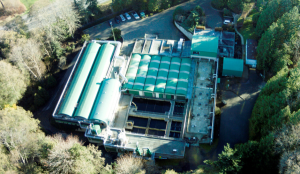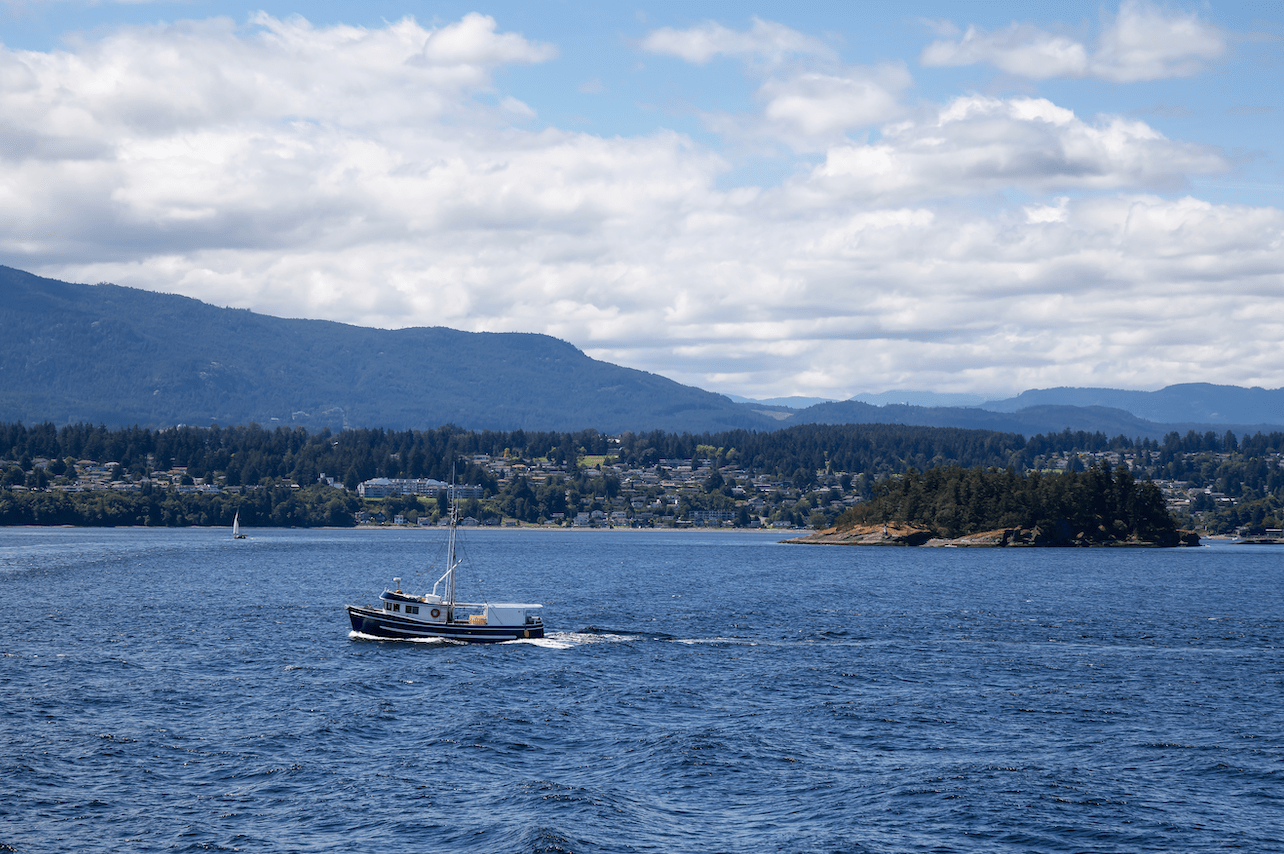
French Creek Pollution Control Centre
NANAIMO – The Regional District of Nanaimo (RDN) announced $25,496,859 in funding has been committed for the French Creek Pollution Control Centre (FCPCC) Expansion and Odour Control Upgrades project.
Through the Investing in Canada Infrastructure Program’s Green Infrastructure – Environmental Quality funding stream, the Government of Canada is investing $10,198,744, the Province of British Columbia is investing $8,498,103 and the RDN is contributing $6,800,012 as matched funds for the grant.
The project will meet the wastewater treatment needs in the service area, improve secondary wastewater treatment and reduce odour coming from the FCPCC.
The project includes the installation of new bioreactors, clarifiers, a process building, improvements to related infrastructure including electrical systems, mechanical systems, control systems and equipment. The project is in the detailed design phase, with construction to start in summer 2024 and completion expected in 2027. Once complete, the FCPCC expansion and upgrades will:
- Increase FCPCC capacity by about 30 per cent and meet area wastewater service demands to 2040
- Improve operational efficiency and replace aging infrastructure in the existing treatment plant
- Incorporate extensive odour control upgrades in the existing treatment plant
- Contribute to carbon neutrality by using solar panels and recovering heat from treated effluent
These sustainable initiatives are also supported by $733,312 in federal and provincial grant funding from the Investing in Canada Infrastructure Program – CleanBC Communities Fund that was announced in July 2022.
Federal and provincial grant funding will reduce the total estimated costs of this project from $110 to $90.6 million. The balance will be covered by RDN reserves, development cost charges and debt financing.
The FCPCC treats wastewater from about 29,000 people and businesses in Qualicum Beach, Parksville, French Creek, Pacific Shores, Surfside and Barclay Crescent. The FCPCC also treats trucked waste from homes with septic systems and holding tanks. More than 90 per cent of the solids are removed from the wastewater before the treated effluent is discharged into the ocean.
Source: RDN

